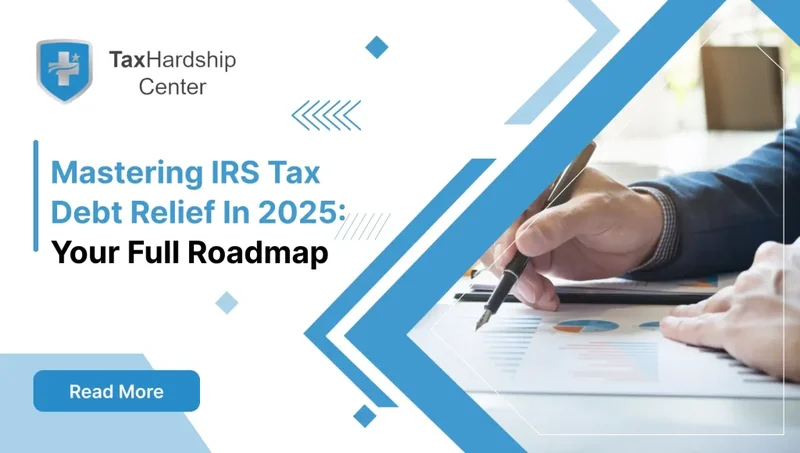This November, two numbers will dominate the conversation around American household finances: $1,390 and $2,000. One represents a targeted, automated, and all-but-certain deposit from the Internal Revenue Service. The other is a bold, politically charged proposal from President Trump, funded by a mechanism that invites serious scrutiny.
One is a calculated fiscal maneuver. The other is a political promise. As an analyst, my job is to ignore the noise and examine the underlying mechanics. The story here, as detailed in reports like the IRS Relief Payment 2025: What Americans Need to Know About This Year’s $1,390 Payout and Tariff Rebate Proposals, isn't about two competing relief payments; it's about the vast, operational chasm between a policy that exists and a proposal that, mathematically, struggles to justify itself. Let’s run the numbers.
First, the $1,390 payment. This isn't a stimulus check in the pandemic-era sense. It’s a targeted relief payment, a direct response to persistent inflation, designed to inject liquidity where it’s most needed. The IRS plan is notable for its logistical simplicity and lack of political theater. It leverages existing infrastructure—the same rails used for tax refunds—to deliver funds to a pre-vetted cohort of Americans.
The eligibility criteria are precise: single filers with an annual income below $75,000 and joint filers below $150,000. Social Security recipients are included automatically. The entire operation is designed for efficiency, with funds expected to land in bank accounts by mid-November, just ahead of the holiday spending season (a period of historically high consumer debt accrual). There are no new applications, no legislative dogfights, just the quiet hum of government servers processing direct deposits.
This is policy as plumbing. It’s unglamorous but functional. The total cost, while not specified in the initial reports, can be estimated. By targeting a specific income bracket, the government is attempting to provide a buffer without overheating the economy with a massive, untargeted cash infusion. Is $1,390 enough to fundamentally alter a household's financial trajectory? Of course not. But it can prevent a slide into delinquency on a car payment or cover a spike in heating bills. It’s a patch, not a cure, but it’s a patch that is actually being applied.
The key takeaway is its certainty. Barring a systemic collapse of the federal government’s payment systems, this money is coming. The only variables are minor administrative delays for those receiving paper checks. For an analyst, certainty is the most valuable commodity, and the IRS plan is built on it.

Now we turn to the $2,000 tariff rebate. This proposal is, in every way, the conceptual opposite of the IRS payment. It’s ambitious, populist, and built on a foundation of questionable arithmetic. President Trump’s pitch, delivered via Truth Social, is to distribute revenue collected from tariffs as a "dividend" to the American people.
Let’s examine the core claim. The proposal is for a $2,000 check for every person, excluding high-income earners. The funding source is the more than $220 billion in tariff revenue collected since 2021. This is where the model breaks down immediately.
There are over 163 million tax filers in the United States. A $2,000 payment to each would cost roughly $326 billion. The shortfall is significant, over $100 billion—to be more exact, a $106 billion funding gap at the absolute minimum, assuming every single dollar of tariff revenue is available.
And this is the part of the proposal that I find genuinely puzzling. The claim that leftover funds would be used to pay down the national debt is mathematically impossible when the program itself starts with a nine-figure deficit. It's a fundamental accounting error presented as a serious policy proposal. It’s like promising to pay off your mortgage with the change left over after buying a Ferrari you can’t afford in the first place.
The funding problem is compounded by legal and political reality. About $100 billion of that tariff revenue is currently under review by the Supreme Court. If the court rules against the administration, that money could be returned to the businesses that paid it, shrinking the available pool even further. Furthermore, any such large-scale distribution of funds requires Congressional approval, a process that is anything but guaranteed. Treasury Secretary Scott Bessent has been noncommittal, signaling that no formal plan actually exists.
What we are looking at is not a policy, but a talking point. The number, $2,000, is clean, memorable, and politically potent. But it is tethered to a funding mechanism that is both insufficient and legally contested. The question isn't whether Americans would like a $2,000 check. The question is whether this specific proposal is a viable method for delivering one. The data suggests it is not.
Ultimately, Americans are faced with two distinct financial narratives this fall. The first is the $1,390 IRS payment: a modest, data-driven, and logistically sound infusion of cash for a targeted group. It’s a real number that will appear in real bank accounts. The second is the $2,000 tariff rebate: a compelling political promise that falters under basic numerical scrutiny. It exists on social media and in rally speeches, but not on any credible government ledger. One is signal; the other is noise. The challenge for every household is learning to tell the difference.